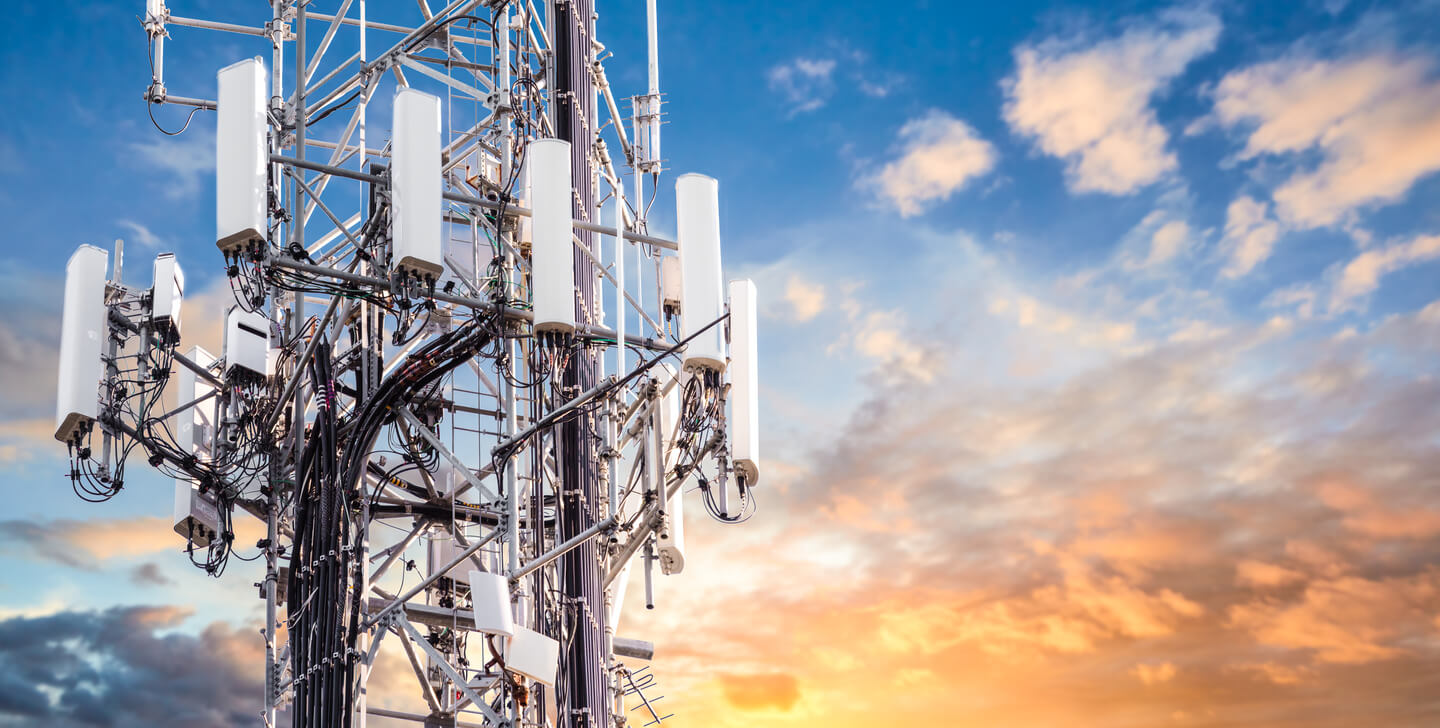If https://moran-loft.hubstack.net/what-is-the-safest-distance-from-a-5g-cell-structure-1682459682 've ever walked through a town you might have noticed tiny mini 5G cell towers on street light poles. They look like little boxes however they're actually sending wireless signals from mobile providers to your mobile.
The smaller ones are being replaced by the larger specially-designed cell towers. Although they're not as visible, they still can create issues for users.
A Federal Communications Commission's Radiation Exposure Thresholds
The FCC's Radiation Exposure Thresholds establish the maximum amount of time one can expose to electromagnetic radiation from wireless devices. The limits of exposure are based upon scientific research which show that the energy of RF could cause harm to health.
follow this link (SAR) is a measure of the amount of radiofrequency energy that is absorption by tissues. It is typically 1.6 Watts per kilogram calculated over one gram of tissue.
But, since what is a safe distance from a 5g cell tower operates at higher frequencies this could be able to create more energy on the skin as well as other body parts. This can lead to various potential problems, including an increased development of skin diseases such as dermatitis, skin cancer and cataracts.

Due to the possible negative effects of 5G radiation, PSU has chosen to establish a general, localized limits on power density, which is 4mW/cm2 based on the average on 1cm2, but not exceeding 30 minutes for all 5G services at 3000 GHz. This localized limit is in accordance with the maximum SAR spatial-average of 1.6 W/kg, averaged over one 5 grams of body tissue, at 6 GHz.
The FCC's Maximum Exposure Thresholds for Maximum Exposure
In the event that you've used mobile phone, then you've probably realized that the safest location from the tower is around 400 meters. This is due to the power of transmission from cell towers increases drastically the farther the tower is.
While this sounds like something that's good, the reality is that people who live close to towers might be more prone to health issues. For example, a study from 2014 in India found that those who lived within 50 meters of cell towers had significant more health issues than those living further far from antennas.
But, the study found that people who moved to areas further away from cell towers noticed their symptoms improve within a couple of days. Other studies have revealed that exposure to high frequencies of radiofrequency electromagnetic fields (EMFs) can lead to cancer, brain tumors as well as other health issues.
This is due to the fact that radiofrequency radiation, used in wireless communication can be absorbed by the body's outer layer, which is the skin. This is vital to be aware of since the skin functions as a shield against injury to the body, infection by pathogenic microorganisms, and entry of toxic substances. The skin is the most important organ in the human body. It is responsible for keeping the integrity of other organs.
The FCC's Minimum Exposure Thresholds for the Minimum Exposure
The FCC's Minimum Exposition Thresholds are based upon numerous assumptions that are not supported by evidence from science. They include the incorrect assumption that short-term exposures to RF radiations are not harmful due to the limited absorption into body (i.e. the heating of tissues).
The assumption also ignores the deeper penetration of the ELF elements of modulated radio signals, as well as the effect of short bursts of heat from pulsed RF waves. These assumptions do not correspond with current understanding of the biological effects of RF radiation. Therefore they shouldn't be considered for health protection exposure standards.
In addition there is the fact that both ICNIRP and FCC restrict the maximum limits of exposure to peak local SARs that are based on the maximum speed of spatial absorption (psSAR), which can be described as an inadequate dosimetric tool to assess the amount of exposure to RF radiation. Particularly it is inconclusive for frequencies that exceed 6 GHz. Additionally, psSAR hasn't been evaluated for RF radiation that is exposed to other agents of the environment such as sunlight. In the event of interactions, RF radiations with different agents in the environment could cause synergistic or antagonistic results. This would result in an increased risk of negative health effects. For example, co-exposure to RF radiation along with exposure to sunlight can raise the chance of developing skin cancer and exacerbate other skin diseases such as acne.
